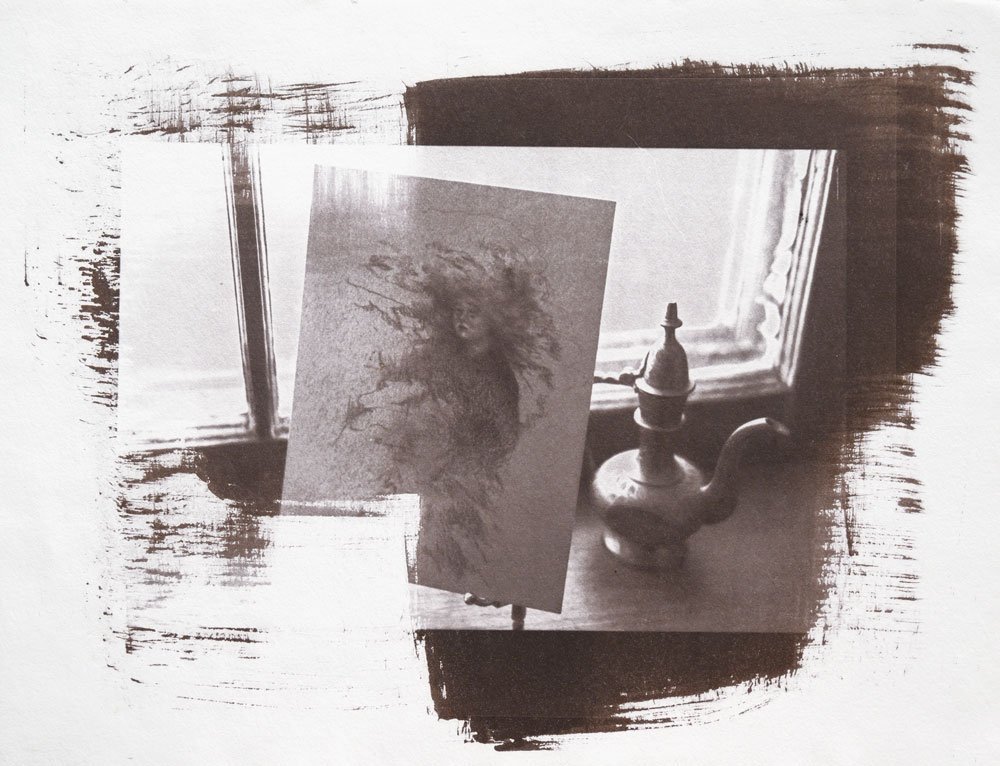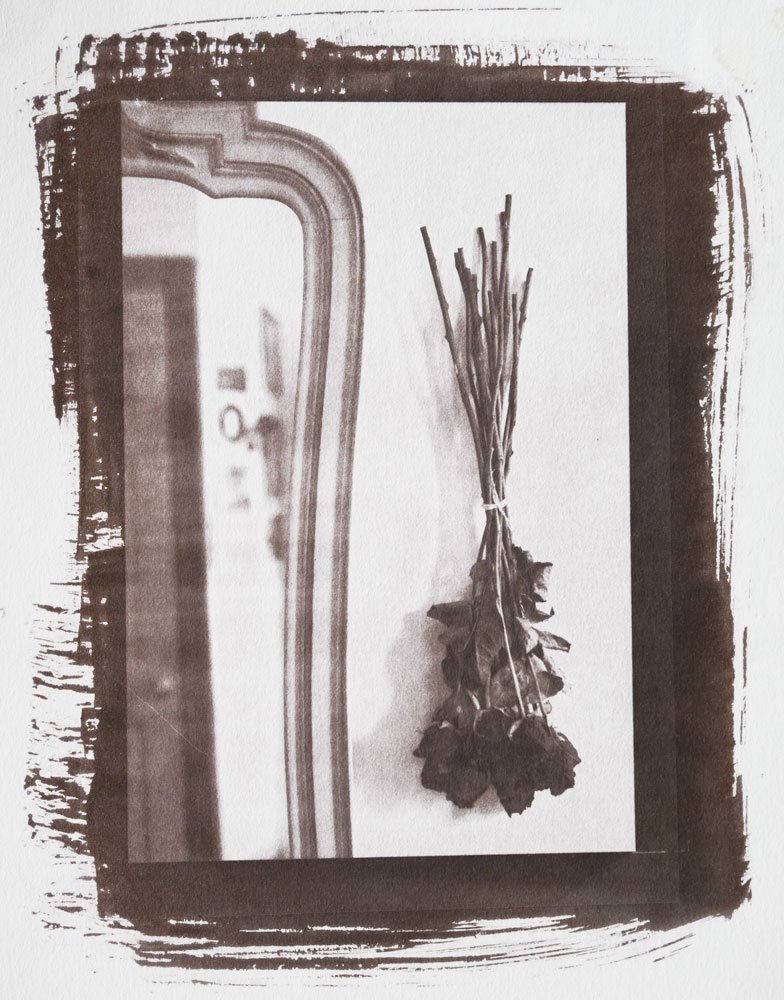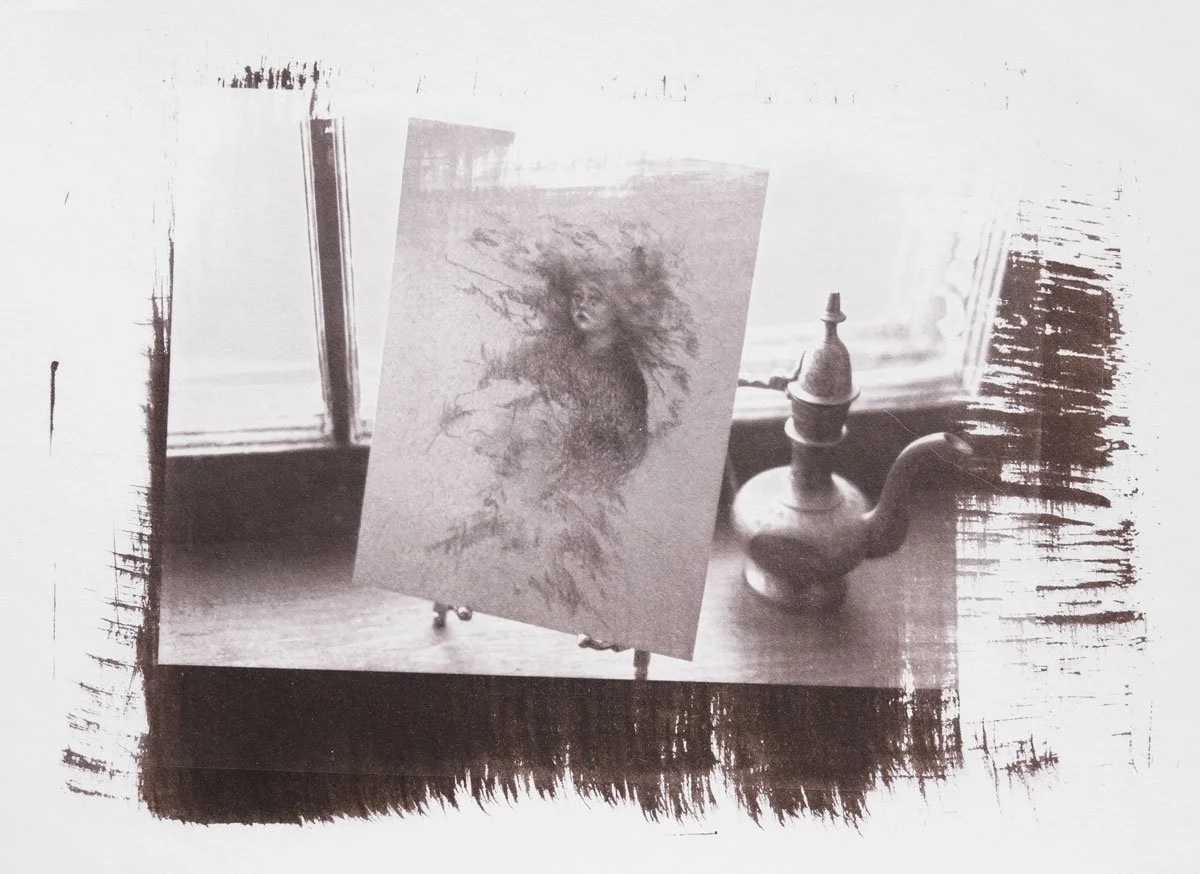This summer, I took a class on Van Dyke Photography. Van Dyke printing, also known as Van Dyke brown process, is an alternative photographic printing process that produces brown-colored prints. The process dates back to the 19th century, and is named after the Flemish painter Anthony van Dyck, for the rich tonality of the browns. The effect is ephemeral: a splash of pigment infused with an image.
Van Dyke printing is a contact printing method that prints to the size of the negative, following this process:
Coating the Paper: A paper or other suitable substrate is coated with a solution containing ferric ammonium citrate and tartaric acid. This creates a light-sensitive emulsion.
Drying: The coated paper is allowed to dry in the dark.
Contact Printing: A negative is placed directly onto the coated paper, and the combination is exposed to UV light. The areas of the paper not blocked by the negative will be exposed to light, while the areas under the negative remain unexposed. I used a UV light box in a darkroom, however a sunlight exposure would also work.
Development: The exposed paper is developed by washing it in water. This process causes the ferric ammonium citrate to reduce to a brown ferric oxide, creating the characteristic brown color associated with the method.
Fixing: After the print is developed, it is fixed with a sodium thiosulfate solution to make the image permanent. For many of my prints, I fixed the images again with a gold-toning solution, which is a mixture of Ammonium Thiocyanate and Gold Chloride Solution (purchased at Bostick & Sullivan). This reduces the richness of the brown, and increases the longevity of the prints. Van Dyke prints are light sensitive and should be kept out of direct light. The gold-toning helps helps them last a lot longer.
The prints I used in this process were intimate photographs I took of objects in my room, as well as photographs of expressive ruins. I hope you enjoy them.







